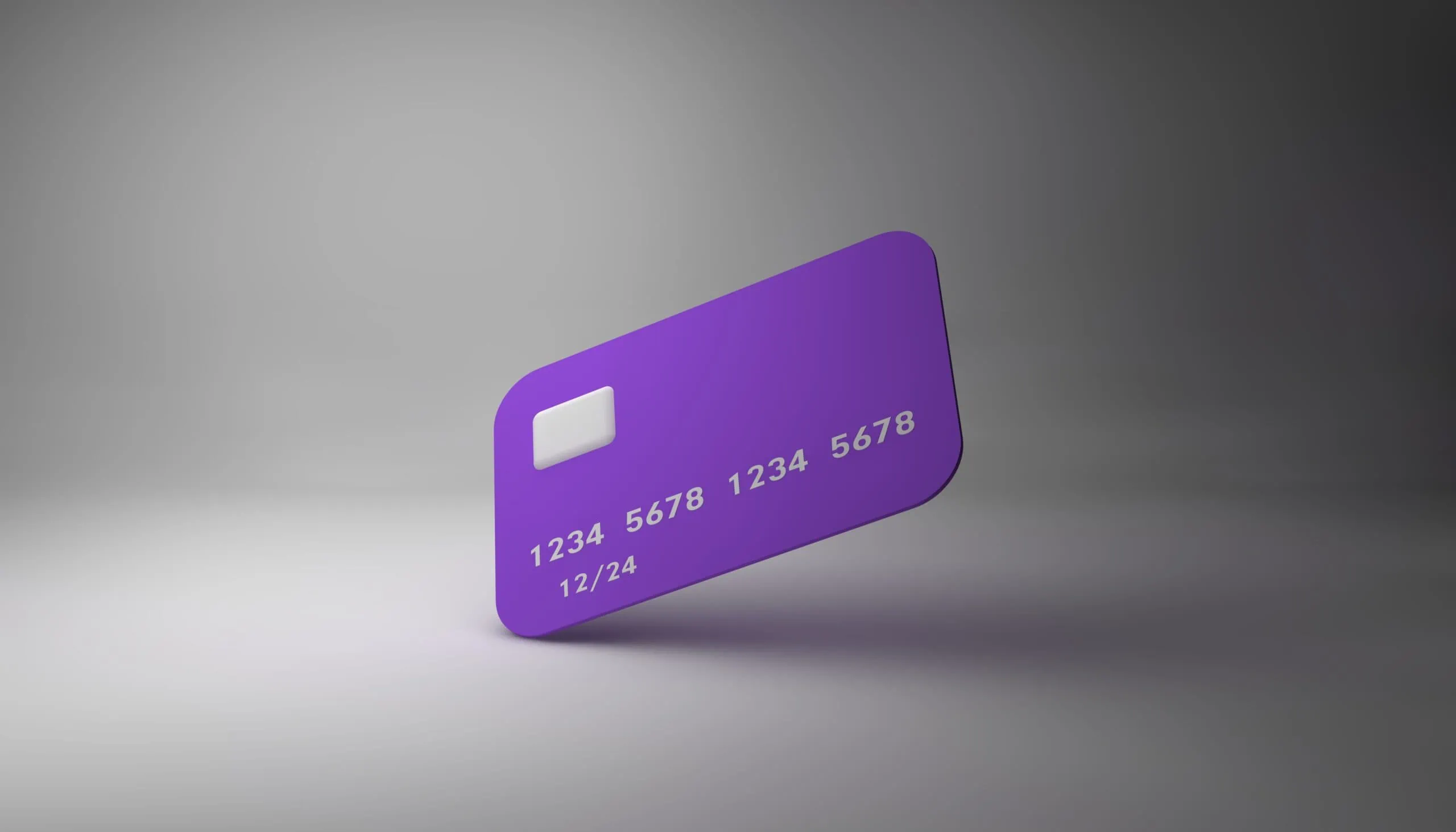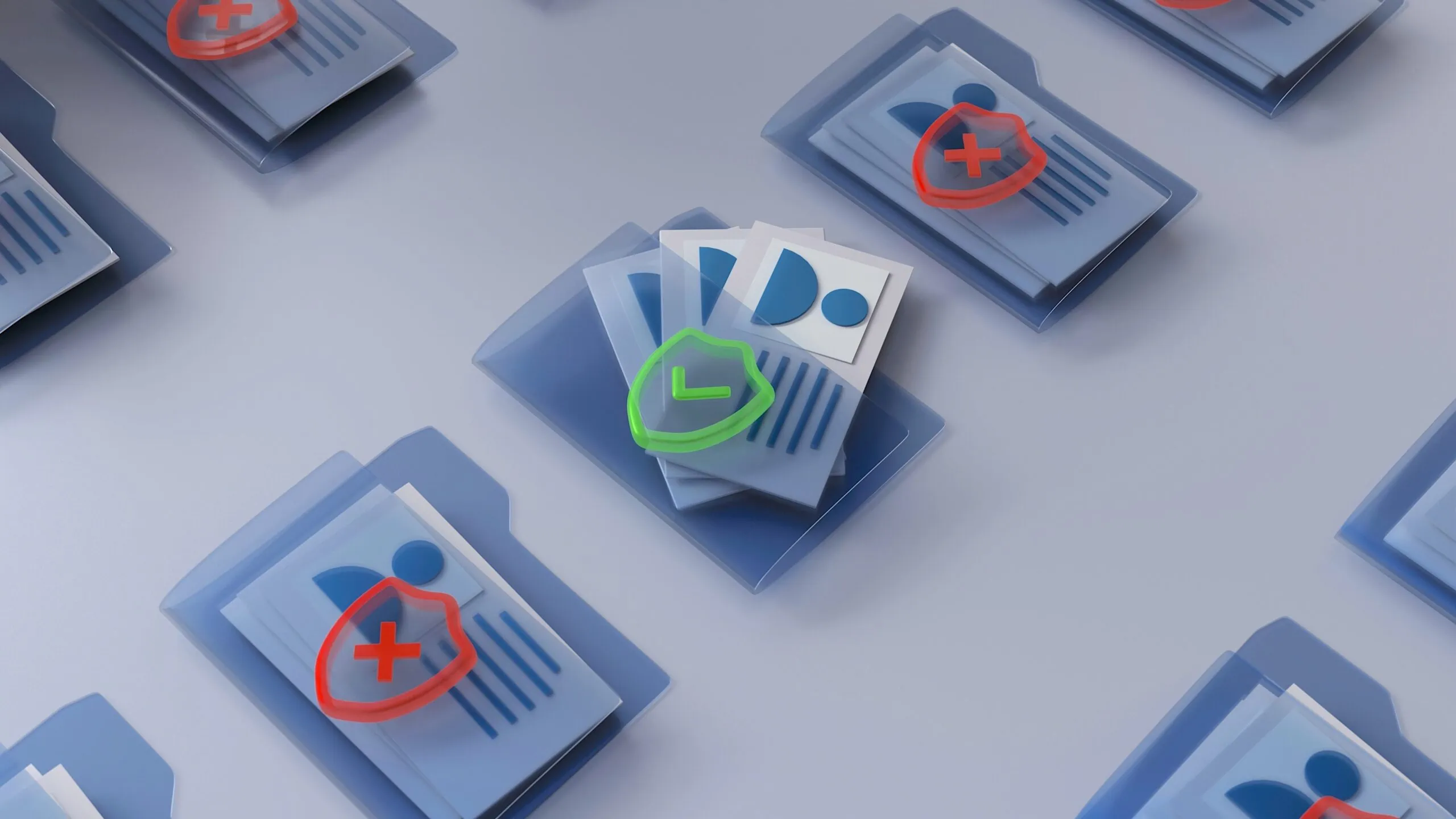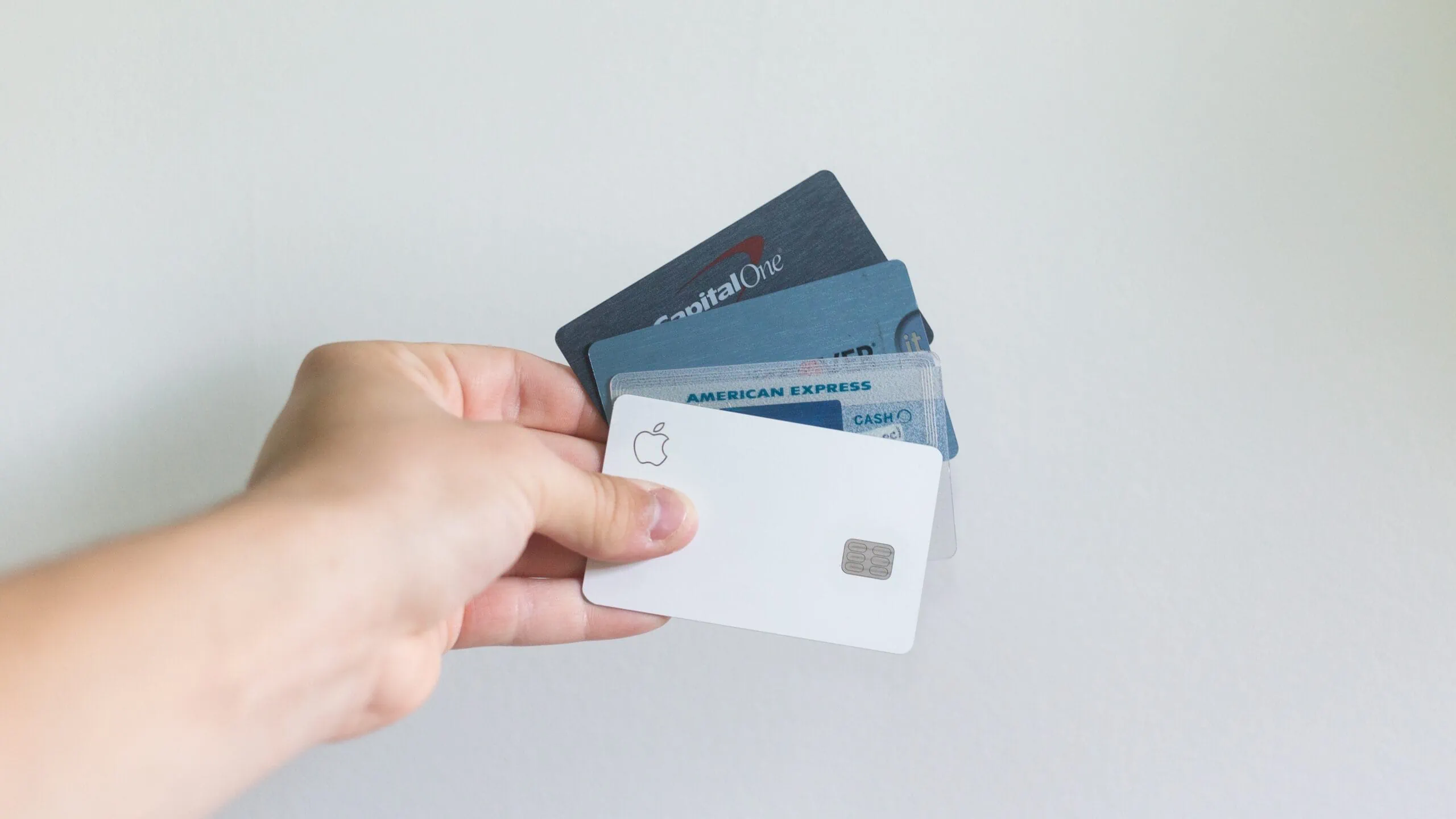Introduction: How to Securely Store Customer Credit Card Information
How to Securely Store Customer Credit Card Information? As a business owner, it is essential to keep your customers’ credit card information safe and secure. With the increasing number of data breaches, it’s more important than ever to make sure that sensitive data is protected. In this blog post, we will discuss how to securely store customer credit card information, including best practices, technical jargon, and simple explanations for third graders.
Storing credit card information is a sensitive issue that requires utmost care and attention. Not only is it crucial for maintaining your customers’ trust, but it’s also a legal requirement to ensure compliance with data protection regulations. In this article, we’ll cover some of the key steps you need to take to safeguard customer data, from encryption to access control and monitoring. With these measures in place, you can rest assured that your customers’ credit card information is safe and secure, and your business is in compliance with industry standards.

Why Securely Storing Credit Card Info is Critical for Your Business
As a business owner, it’s important to understand the significance of securely storing credit card information. Credit card data is a valuable target for cybercriminals, and a single data breach could cause irreparable harm to your reputation and financial stability. This is why it’s crucial to prioritize the security of customer information.
Storing credit card information in a secure manner is critical to not only maintain the trust of your customers, but also to comply with industry regulations such as PCI DSS. Failing to do so can lead to hefty fines and legal consequences. By implementing proper security measures, such as encryption and access control, you can protect your business and customers from potential threats. Additionally, ensuring that your employees are well-trained on handling sensitive information can further strengthen your security posture. Remember, taking proactive measures to secure credit card data is not just good practice, it’s critical for the success and longevity of your business.

Tips for Creating Strong Passwords for Credit Card Data Storage
Creating a strong password is essential when it comes to credit card data storage. It is imperative to keep your credit card information secure from fraudsters who may attempt to steal it. Here are some tips to help you create strong passwords to secure your credit card data:
Firstly, avoid using common words or phrases as your password, such as your name, date of birth, or the word “password”. Instead, use a combination of upper and lowercase letters, numbers, and symbols. This will make your password more complex and difficult for hackers to guess. Secondly, it is important to use a different password for each of your credit card accounts. This way, if one account is compromised, the other accounts will still be secure. Consider using a password manager to generate and store strong passwords for each account. Lastly, make sure to change your passwords regularly, at least every six months, to keep your credit card information safe. Set reminders to update your passwords to ensure you don’t forget. By following these tips, you can create strong passwords to keep your credit card data secure from cybercriminals.

Secure Payment Gateway Options for Safe Credit Card Storage
As online shopping continues to grow in popularity, secure payment gateway options have become more important than ever. Consumers need to feel confident that their credit card information is safe and secure when making purchases online. There are several options available for secure payment gateways that can help ensure the safety of credit card information.
One popular option for secure payment gateways is tokenization. This process involves replacing sensitive credit card information with a randomly generated token. This token can be used to process transactions without the need for the actual credit card information to be stored on the merchant’s server. This provides an added layer of security and reduces the risk of credit card information being compromised. Another option is encryption, which involves scrambling the credit card information in a way that can only be unscrambled by authorized parties. By utilizing these secure payment gateway options, businesses can provide customers with peace of mind knowing their credit card information is safe and secure.

How Encryption Technology Can Keep Customer Credit Cards Safe
Encryption technology is an essential tool for keeping customer credit cards safe. By encoding sensitive data, encryption technology ensures that even if someone unauthorized intercepts the information, they cannot decipher it. This technology plays a critical role in securing online transactions, making it possible for people to buy goods and services online without fear of their credit card information being stolen.
Encryption technology works by transforming sensitive data into a scrambled code that is unreadable to anyone without the appropriate key. This process is accomplished by complex algorithms that generate unique codes for every transaction. These codes are practically impossible to predict or decode, making it nearly impossible for hackers to gain access to customer credit card information. By implementing encryption technology, businesses can safeguard their customers’ financial information, earning their trust and loyalty. It is crucial for businesses to prioritize the safety and security of their customers’ information to establish a positive reputation in today’s digital age.

PCI DSS Compliance and What It Means for Credit Card Data Storage
If you are a business that handles credit card payments, you need to ensure that your customer’s data is protected. One of the most important ways to do this is by complying with the Payment Card Industry Data Security Standard (PCI DSS). PCI DSS is a set of security standards created by the major credit card companies to help prevent fraud and data breaches. Compliance with PCI DSS means that your business has taken steps to secure credit card data storage, processing, and transmission.
So, what does compliance with PCI DSS mean for credit card data storage? It means that your business must adhere to strict security measures, such as encrypting cardholder data, regularly monitoring and testing your security systems, and restricting access to cardholder data to only those who need it to do their jobs. Failure to comply with these standards can result in hefty fines, legal action, and damage to your business’s reputation. By achieving and maintaining PCI DSS compliance, you can provide your customers with the peace of mind that their data is secure when they shop with you.

Two-Factor Authentication: Adding an Extra Layer of Credit Card Security
When it comes to protecting your credit card information, Two-Factor Authentication (2FA) can provide an extra layer of security. 2FA is a process that requires two different forms of identification before granting access to a system. This means that in addition to your regular password, you will need to provide a secondary form of authentication, such as a unique code sent to your mobile phone or a biometric identifier like a fingerprint.
By using 2FA, you greatly decrease the chances of someone gaining unauthorized access to your credit card information. This is because even if a hacker is able to guess or obtain your password, they will still need the secondary form of identification to gain access. 2FA is becoming increasingly popular as more and more people recognize the importance of protecting their personal information online. By adding this extra layer of security, you can enjoy peace of mind knowing that your credit card information is safe and secure.

How to Limit Employee Access to Credit Card Information
When it comes to credit card information, limiting access to authorized personnel is crucial to safeguarding sensitive data. To ensure that only the necessary employees have access to this information, companies can implement a few measures. One way is to restrict access to the physical credit card itself. This can be done by storing credit cards in a secure location, such as a locked cabinet, and only allowing authorized personnel to retrieve them. Additionally, companies can limit the number of credit cards issued and require employees to sign them in and out when in use.
Another way to limit employee access to credit card information is to restrict access to the electronic records that contain the information. Companies can implement access controls, such as passwords and two-factor authentication, to ensure that only authorized employees can access the information. It’s important to regularly review and update access permissions to ensure that employees only have access to the information they need to do their job. By implementing these measures, companies can limit the risk of credit card fraud and protect their customers’ sensitive data.

Conclusion: How to Securely Store Customer Credit Card Information
In today’s digital age, customers expect convenience when it comes to payment options. However, with the increase in online transactions, the risk of credit card fraud and identity theft is also on the rise. Therefore, it is essential for businesses to prioritize the security of their customers’ credit card information.
The first step in securely storing customer credit card information is to ensure that the data is encrypted using strong algorithms. This means that even if a hacker gains access to the information, they will not be able to decipher it. Additionally, businesses should limit the number of employees who have access to credit card data and implement strict password protocols. It’s also important to regularly monitor and update security measures to stay ahead of potential threats. By following these best practices, businesses can provide their customers with a secure and reliable payment experience.






